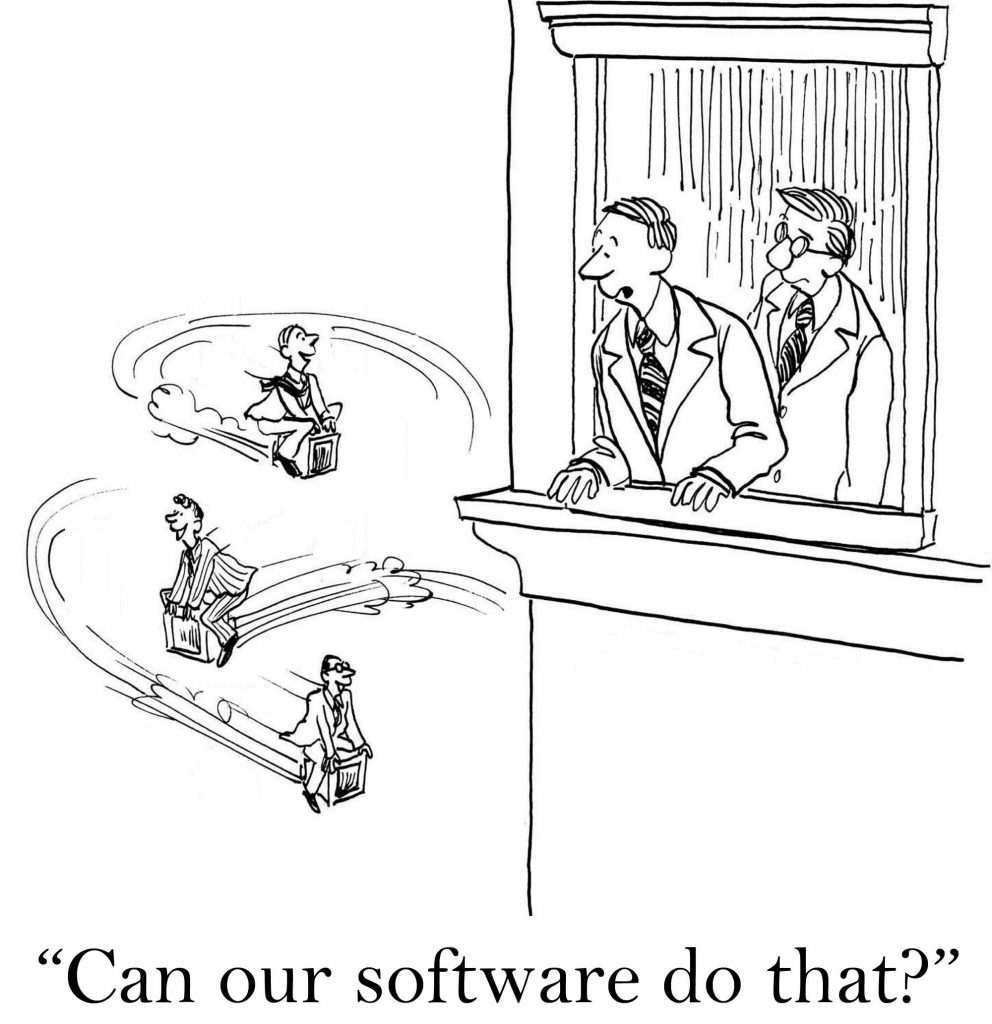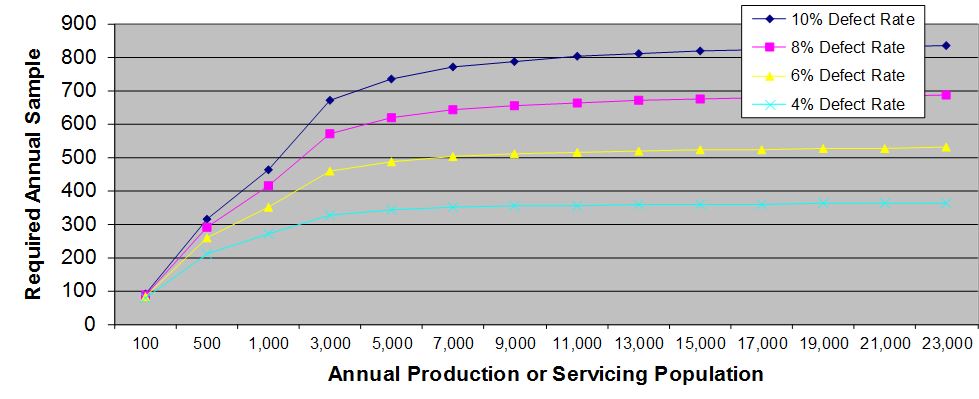Mortgage technologists gathered this week at the MBA Tech18 conference to talk about the digital mortgage, mobile applications, artificial intelligence, APIs, block chain, and even drones, robots, augmented reality and the Internet of Things. Heady stuff, and a far cry from pre-crisis days. This is not your father’s mortgage technology, and as the pace picks up, there will be a shake-out of traditional players who don’t adapt.
The theme of disruption was illustrated nicely in the two keynotes. By some miracle, Oakland A’s General Manager Billie Beane made statistics interesting and humorous, showing how he teamed with a baseball outsider to ultimately revolutionize baseball. Quicken Loans’ Dan Gilbert and Bill Emerson were equally entertaining in their keynote, as they bantered about how Rocket Mortgage came to disrupt the mortgage landscape. Speaker presentations are available to MBA members here.
With loan origination costs now up to $8,500 per loan, cost reduction through process automation has everyone’s attention. The cool technology is coming but until then, most organizations can pick the low-hanging fruit by automating manual processes, according to several speakers. Paper-based processes, error-prone data entry into silo-ed systems (requiring redundant re-entry), triple checking of work, and many things involving Excel can be streamlined without new technology. We have some ideas about this in our earlier post, in case you haven’t explored them yet. Look for more posts soon covering some interesting ways to think about using technology effectively in your organization.




